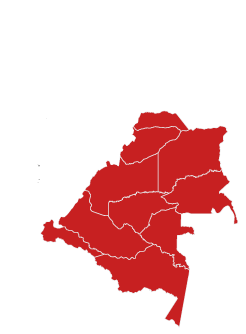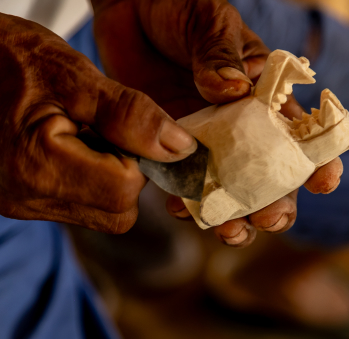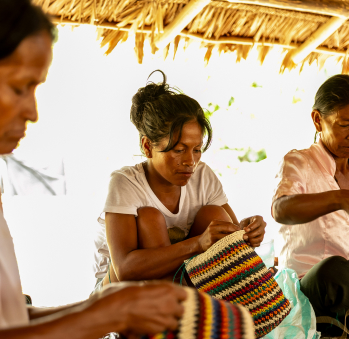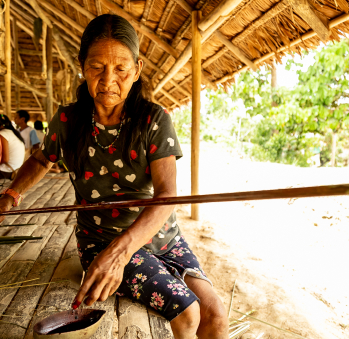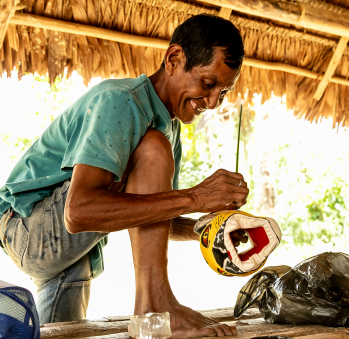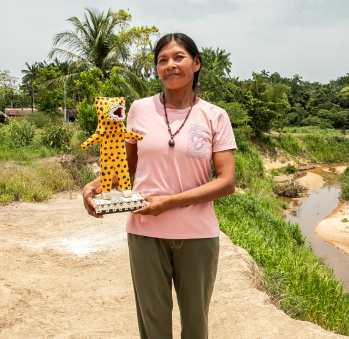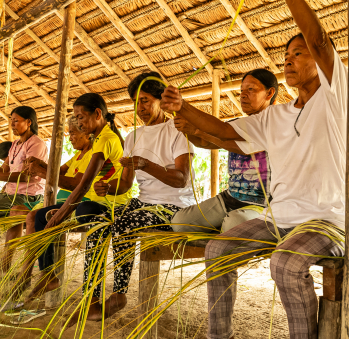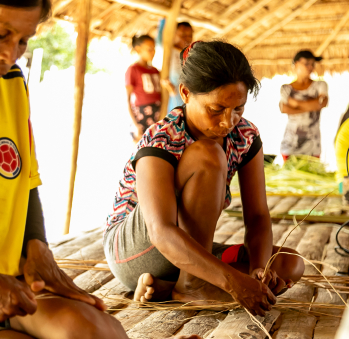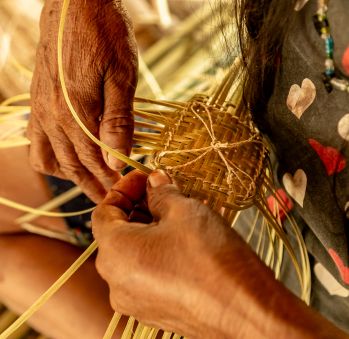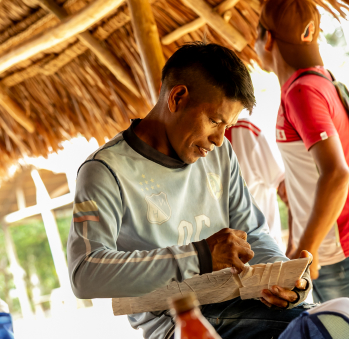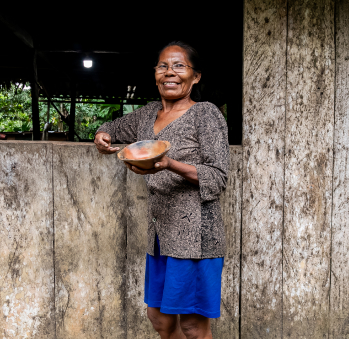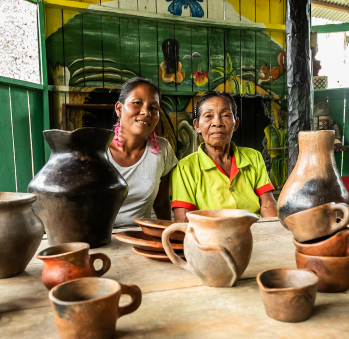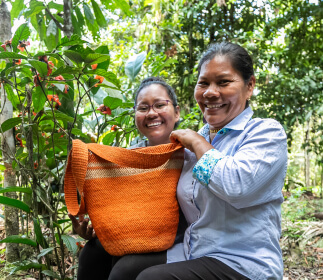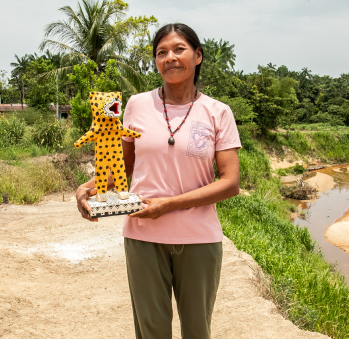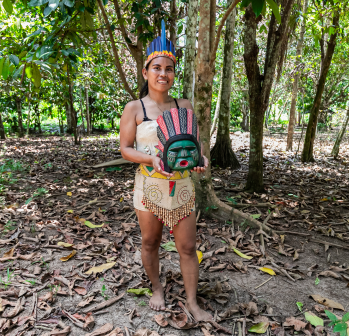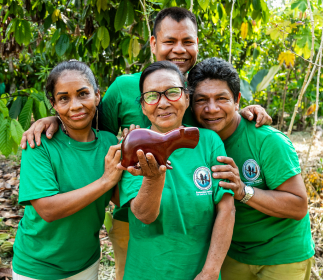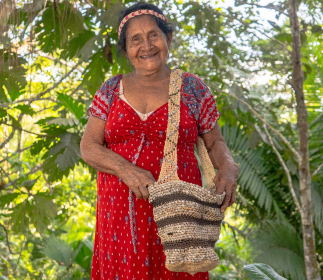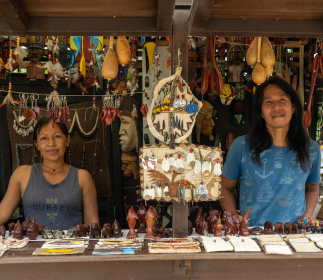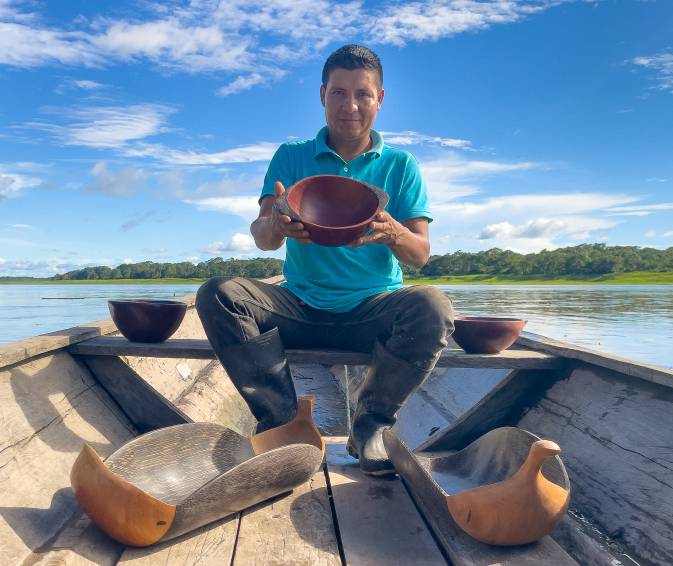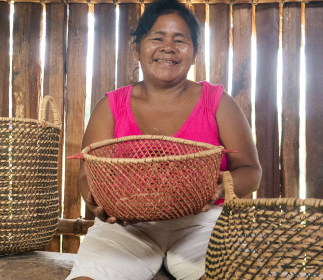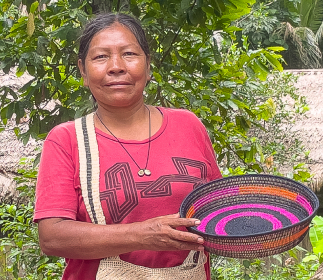Antonila Ramos
Workshop: Casa artesanal Ngutapa
Craft: Nonwoven fabrics
Trail: Amazon Route
Location: Arara, Amazonas
Antonila didn’t ask for it, but from a young age, she was chosen as a leader in her community. Her mother held this role, so it was expected for the responsibility to be passed down to her. And she accepted it, and continues to do so… you’ll notice this as soon as you step onto her indigenous reserve. After serving as vice-curaca, (the title given to leaders in the Tikuna language) for six years, she now represents the artisan community of the Arara reserve, located as close as it is far from the Amazon River, depending on the season. In the rainy season, you can reach it by boat; in the dry season, you’ll need to take a bus and walk to get there. Along the way, in the dense rainforest, the gift will be the songs of the birds and the explosion of nature, and it’s even possible you’ll run into some bird watching foreigners…
Arara gets its name from the stream that gave birth to the place where more than 1,300 people now live. Antonila has been a witness to her community’s growth; when she was a child, there were no more than 120 houses in the village. Her family was one of the founding groups of this territory, established around 1972. The story of Arara is told through the clans that form the community—families made up of animal clans like macaws, toucans, or hummingbirds, as well as terrestrial creatures like tigers or aquatic animals like dolphins and fish. Antonila explains that in order to preserve the Tikuna bloodline, marriages must be between people from different clans.
For Antonila, the way to tell the story of her people is closely linked to the representation of each clan. In the realm of craftsmanship, this means wearing the costume of one’s symbolic animal and dancing methodically, tirelessly, in hopes of earning an alliance. This happens during the pelazón festival, when a young Tikuna girl transitions from childhood to puberty. The community will seek to win her over, but she will only be introduced to the wider community after undergoing the confinement period dictated by tradition, during which she learns the weaving skills necessary to support her future household.
Antonila shares that these confinement periods are now much shorter than they were for her grandmothers and even her mother, who could be separated from the community for months, or even years, learning the hundreds of secrets involved in their traditional crafts. Today, due to changing times and the importance of educating women, the confinement is much shorter to ensure the young girls can continue their schooling.
Despite these changes, the knowledge of basketry and weaving, for the women, and carving, for the men, is deeply ingrained in the daily life of the community. The objects they craft are used for everything from sifting food to weaving hammocks and chinchorros, which they use to rest. They are also skilled weavers of yanchama, an Amazonian fiber from a tree that, when stretched, resembles delicate vegetal paper. With yanchama, the men create paintings of their landscapes, while the women craft dolls representing their foundational myths and the figures of their birth clans.
The men also carve masks from balso wood, representing the nature that defines them. Antonila smiles as she tells us she belongs to the four-legged clan—the tiger—and that she inherited it from her father; her mother is from the macaw clan. With the strength of a tiger, she is now working tirelessly to ensure her community is visited by tourists. Weavers, potters, carvers, and cooks will all be ready to share their stories, so that, with Antonila’s guidance, we can discover the power of their narratives, their extraordinary hospitality, and the exceptional quality of their crafts.
Craft
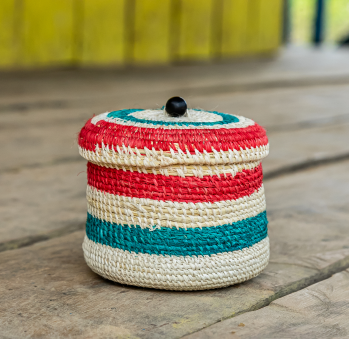
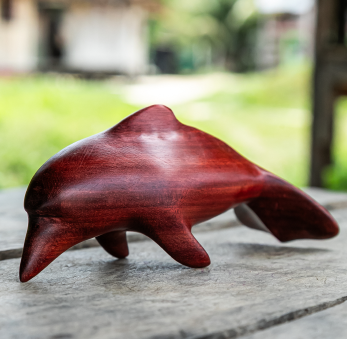
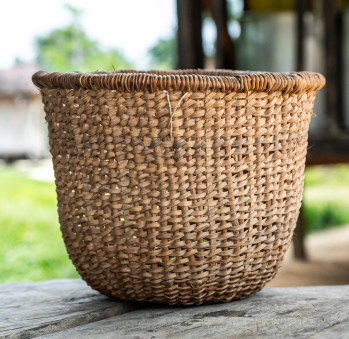
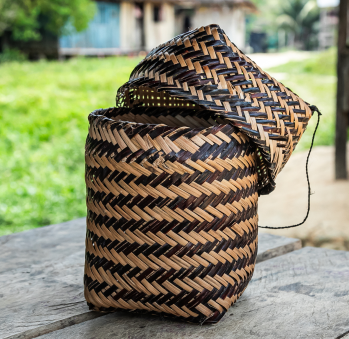
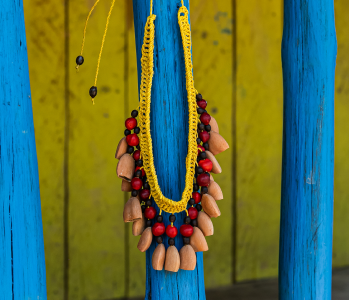
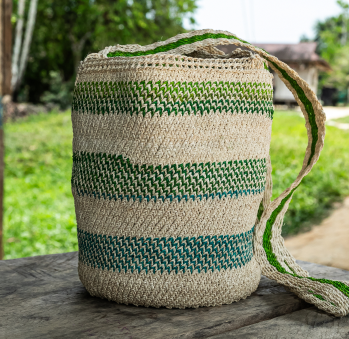
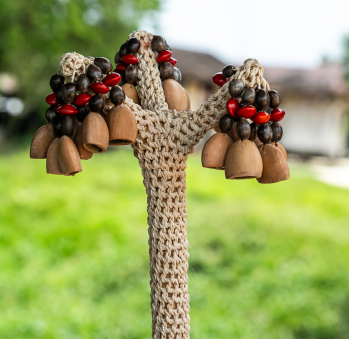
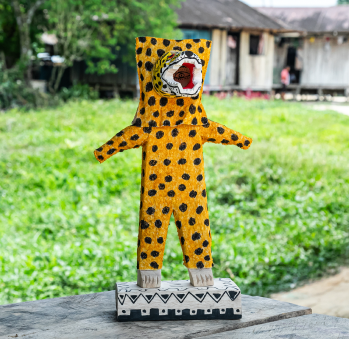
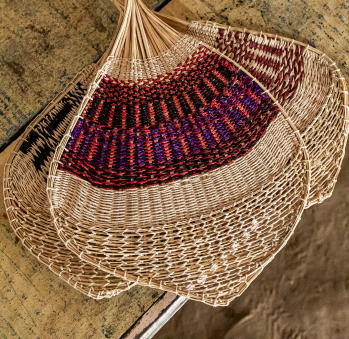









Artisans along the way
Artisans along the way
No puede copiar contenido de esta página

